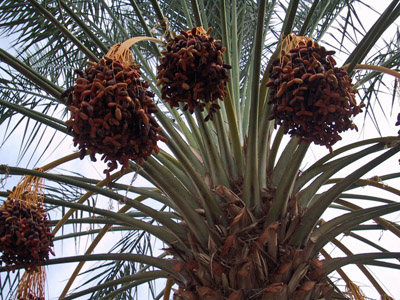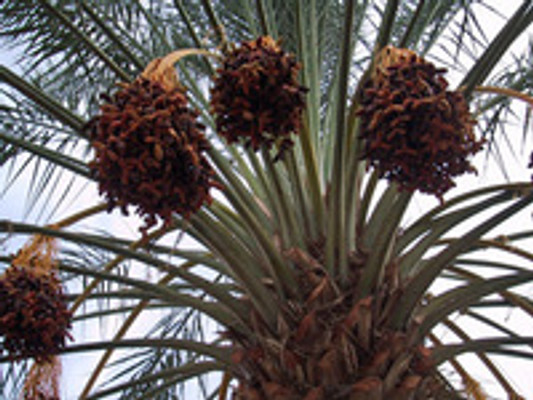A Brief History on the Origin of Medjool Dates (original) (raw)

With their rich succulence, sweetness and juicy flesh, there’s nothing in the world quite like a Medjool date. Often called the “Cadillac of Dates,” Medjools are truly a thing of beauty.
Medjool dates have natural sugar crystals that give its skin a slight shimmer, and when you bite into one, you’ll immediately notice the rush of flavors hinting at wild honey, cinnamon and caramel. They’re truly one of nature’s most delectable treats, tasting as if they’ve come right out of the oven.
It’s time for a quick history lesson. Medjool dates come from the Middle East and North African regions, playing an incredibly important role in the cultures of this diverse area of the world. They are the world’s oldest cultivated fruit, and people have been growing them for at least 6,000 years. Ancient cultures referred to date palms as “trees of life” and they remain a critical food source for nomadic people across the globe to this day.
Just like other types of dates, Medjools grow on palm trees in hot and arid environments — but that’s where the similarities end. Far and wide, they are known to be vastly superior to other varieties, and are perfect for either individual snacks or when used in a wide range of recipes.
But what about nutrition? Yes, Medjool dates are even unmatched in this area. They offer remarkable levels of vitamins and nutrients, including vitamins B5 and B6, copper and potassium. They also high have levels of carbohydrates, which mean they’re good for helping you maintain a high level of energy throughout the day. They also contain only about 66 calories each.
Are you a fan of Medjool dates? Have you (gasp!) never tried one? What are you waiting for?
